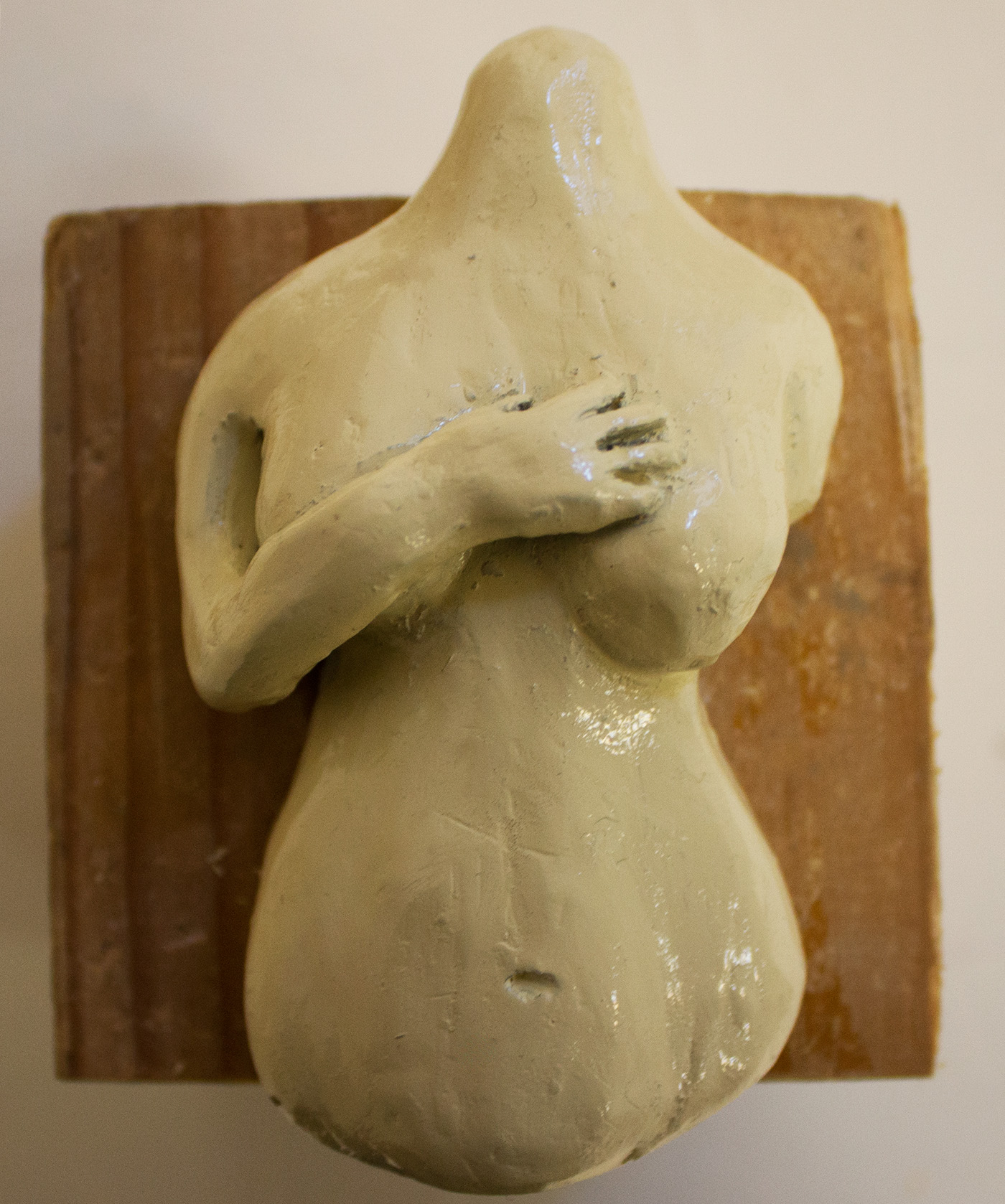
Botticelli’s Birth of Venus: 1483-85
Botticelli’s Birth of Venus is in the Uffizi, in Florence, Italy. Is comprised of the most iconic images from the Renaissance, as Venus stands naked. Venus stands radically naked not in a Christian context. Until this point in the Renaissance the only time that we saw nude females was Eve in stories of Adam and Eve. Botticelli’s figure of Venus is based from the Venus Pudica figure, a Greek sculpture. The Venus Pudica figure may have been owned by the Medici, which is where Botticelli would have first seen it and taken the figure as inspiration. Her sensuous body is more than just a contrapposto stance. The body’s curves seem realistic at glance but have a slight deformation to create a beautiful ideal figure.
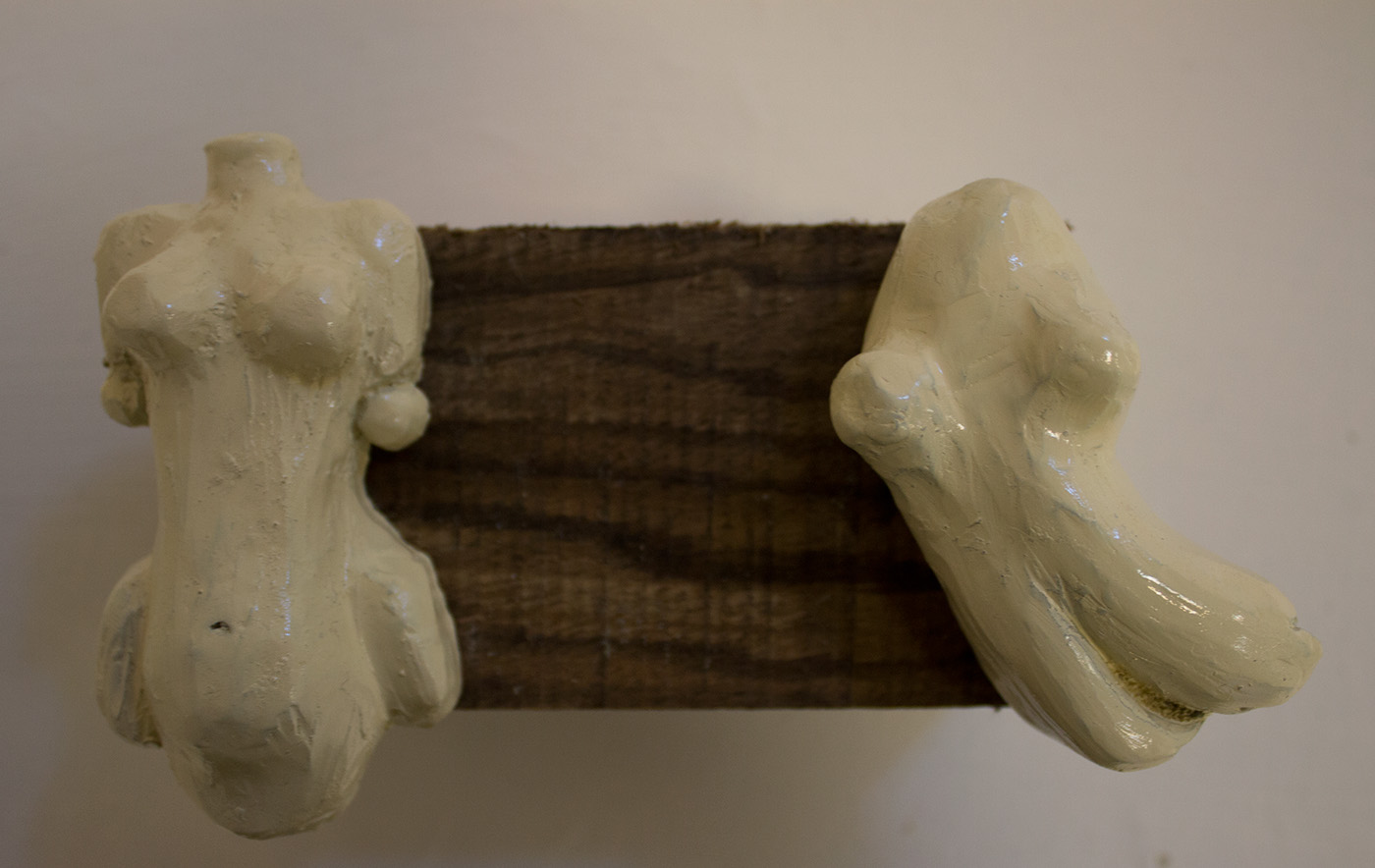
Medici Villas’ Furniture: 1490’s
The furniture in the Medici Villa Poggio a Caiano in Prato, Italy shows the grotesque style. Grotesque is a used as a reference to describe distorted, strange, weird shaped forms. The word is derived from the word ‘grotto’ which translates as ‘cave’. The word was first used when describing the decorations on the walls of the Roman ruins of Nero’s palace. The figures were a combination of human and animal bodies mixed with decorative patterns.
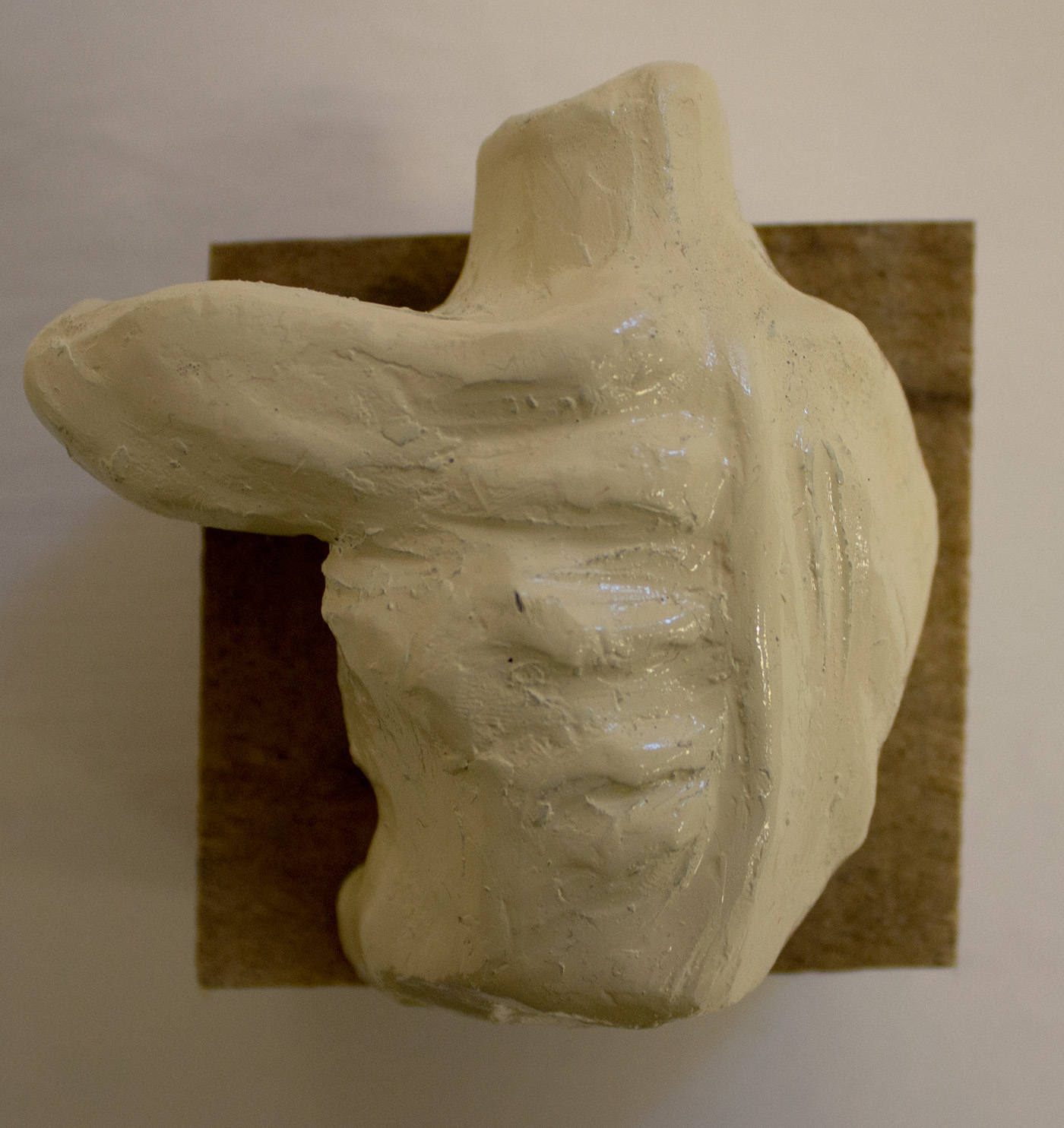
Michelangelo’s Sibyls: 1508-12
Michelangelo’s Sibyls are shown on the ceiling of the Sistine Chapel in the Vatican. Sibyls were ancient pagan soothsayers who foresaw the coming of Christ. The Libyan sibyl shows power but elegance with the turning of her body. Every muscle in her back is profoundly detailed. This figure was created first by looking at a male figure, but he chose this strong figure to represent a female body. Michelangelo created sculpted figures that represent confidence and power, which he does not place on just one gender. Michelangelo was the first to portray woman with dominating muscles.

Raphael’s La Fornarina: 1518
Raphael’s La Fornarina is in the Galleria Nazionale d’Arte in Rome, Italy. In this painting a woman is sitting down with her right hand cupping her left breast. She is barely clothed with a sheer cloth draped across her stomach and a blanket covering her lower extremities. The woman is usually identified as the baker’s daughter, who was also thought to be Raphael’s Roman lover, Margherita Luti. Her body is slightly fleshy and not represented with any strength but with an inner strength, as she grasps her own body representing confidence.
Titian’s Venus of Urbino: 1538
Titian’s Venus of Urbino is located in the Uffizi in Florence, Italy. The painting was created for Guidobaldo della Rovere at that time he was preparing to become the Duke of Urbino. Vasari was the first to call this figure a Venus. Titian and the patron refer to her simply as the ‘nude woman’. This figure was created to celebrate a bride and marital love. Her arm lies across her lower hip and hand is placed between her legs. Her body is extremely sexualized and some question whether her hand is passive or active.

Lavinia Fontana’s Minerva in the Act of Dressing: 1613
Lavinia Fontana’s Minerva in the Act of Dressing is located in the Galleria Borghese in Rome, Italy. This is one of Fontana’s mythological paintings, which is one of the first times that we see this kind of work from a female painter. The female nude is inspired from classical sculpture portraying Venus. The back of Minerva is thin with no muscular shape expect for the little dimension showing the shoulder blades. Her rear-end also resembles classical sculpture with how flat it lies.
Artemisia Gentileschi’s Cleopatra: 1621
Artemisia Gentileschi’s Cleopatra is in the Collection of Amedeo Marandotti in Milan, Italy. Gentileschi is known for putting her own features on to the women that she paints. This painting depicts the suicide of Cleopatra, Queen of Egypt. A woman is shown lying down in a sensual pose one arm stretched up, the other holding the snake, and legs crossed like Giorgione’s Sleeping Venus. This painting shows the vivid realism in the figure. The female body is more realistic than those often depicted in other Renaissance art.
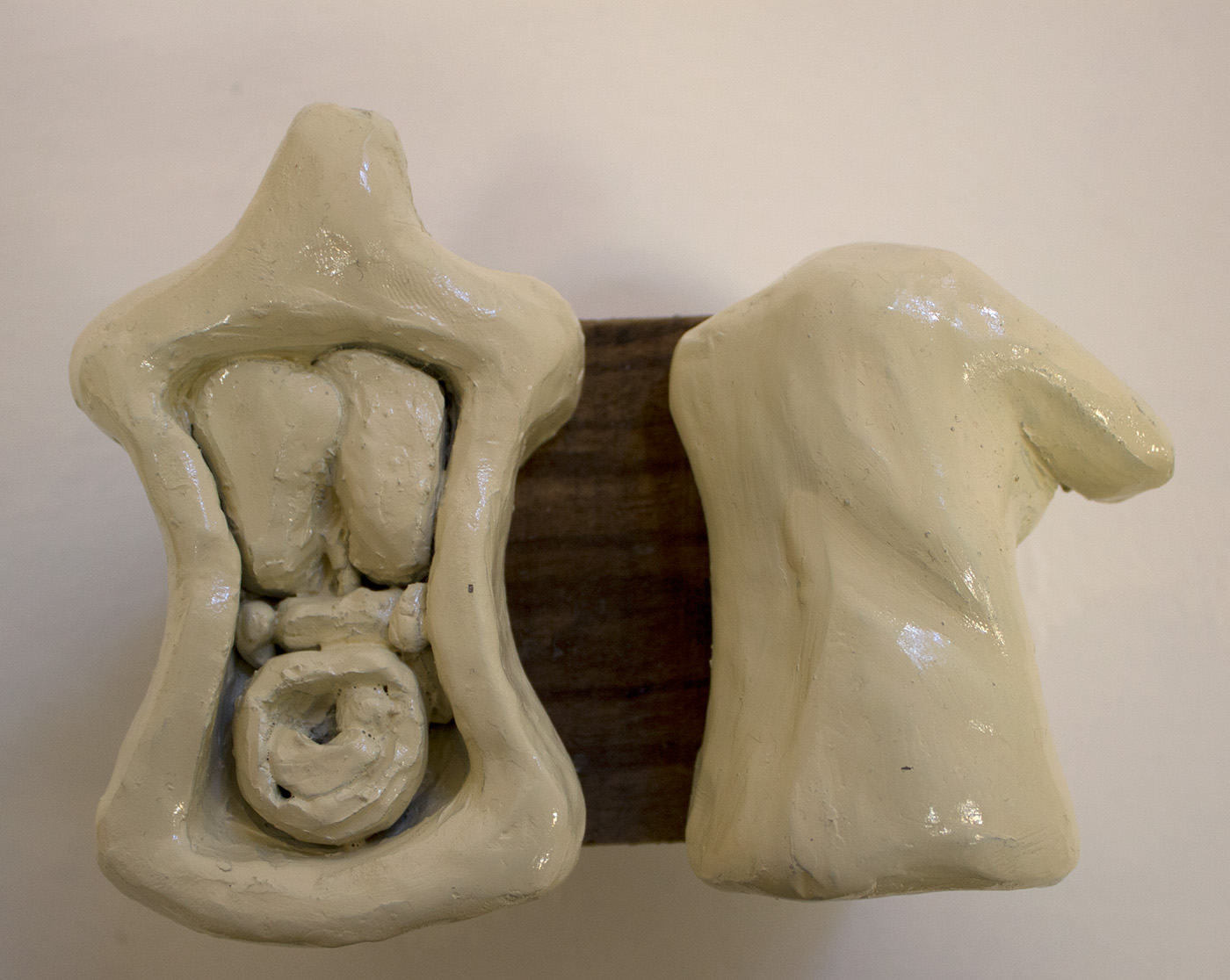
La Specola’s Anatomical Venus: 1775
The Anatomical Venus is in the La Specola museum in Florence, Italy. This museum opened up in 1775 as a way to educate medical students and the public about the body. Anatomical Venus is an idealized female form that can be taken apart to reveal all the organs of the body. These organs include the most important part of the female body, which has the ability to hold a baby in the uterus. The models are created to look dead but are often depicted in erotic ways by the expressions on their faces, jewelry, makeup, and perfect hair lay around their bodies. Women in this museum are represented as vessels.
Emma Gaggiotti’s Autumn: 1842-49
Emma Gaggiotti Richards’ Autumn represents an allegorical figure. This figure has a fuller form represented in a more realistic style much like Gentileschi’s figures. She is looking over her shoulder starring directly at the viewer with a twist allowing a little flash of her breast. She is seen as more realistic to the form of a female body but still has little representation of muscles. Although we know that she is half nude she is still reserved in her pose and covered from the hips down with a leopard blanket.
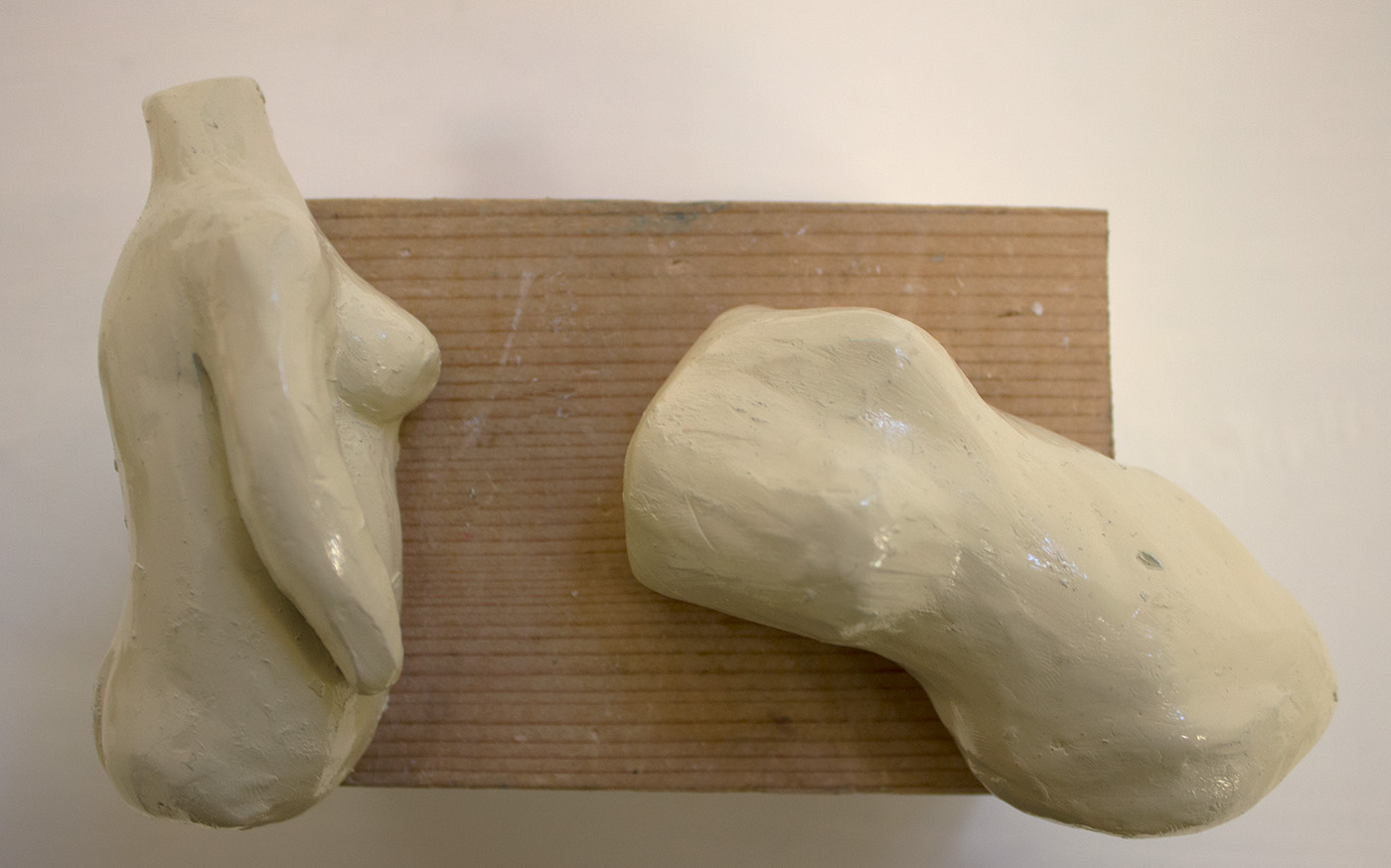
Mario Tozzi’s L’officina dei Sogni: 1929
Mario Tozzi’s L’officina dei Sogni is in the Novecento Museum in Florence, Italy. This title translates to ‘Workshop of Dreams’. The women depicted in this painting are shaped in a geometrical style. The female torso is shown from a side angle cutting her in half with two sides that do not add up. She is not shown in an anatomically correct manner; rather she is positioned to show both her breast and her rear-end. She is also represented standing in a classical sculpture pose as she holds up a blanket, which is not fully covering her lower half but rather appears as a column.
Letizia Battaglia’s Rielaborazione: 2003
Letizia Battaglia’s Rielaborazione is in the Collection of W. Eugene Smith Legacy. Rielaborazione translates to ‘reworking’. This is a reworking of the photography, originally titled, A Mother and Her Children Who Stay in Bed All Day Long Out of Desperation, by adding a nude female figure in the foreground. The nude figure is sprawled across the bed looking directly at the viewer with a sensual gaze. Her arched back and thin body resembles how the Anatomical Venuses are presented.

